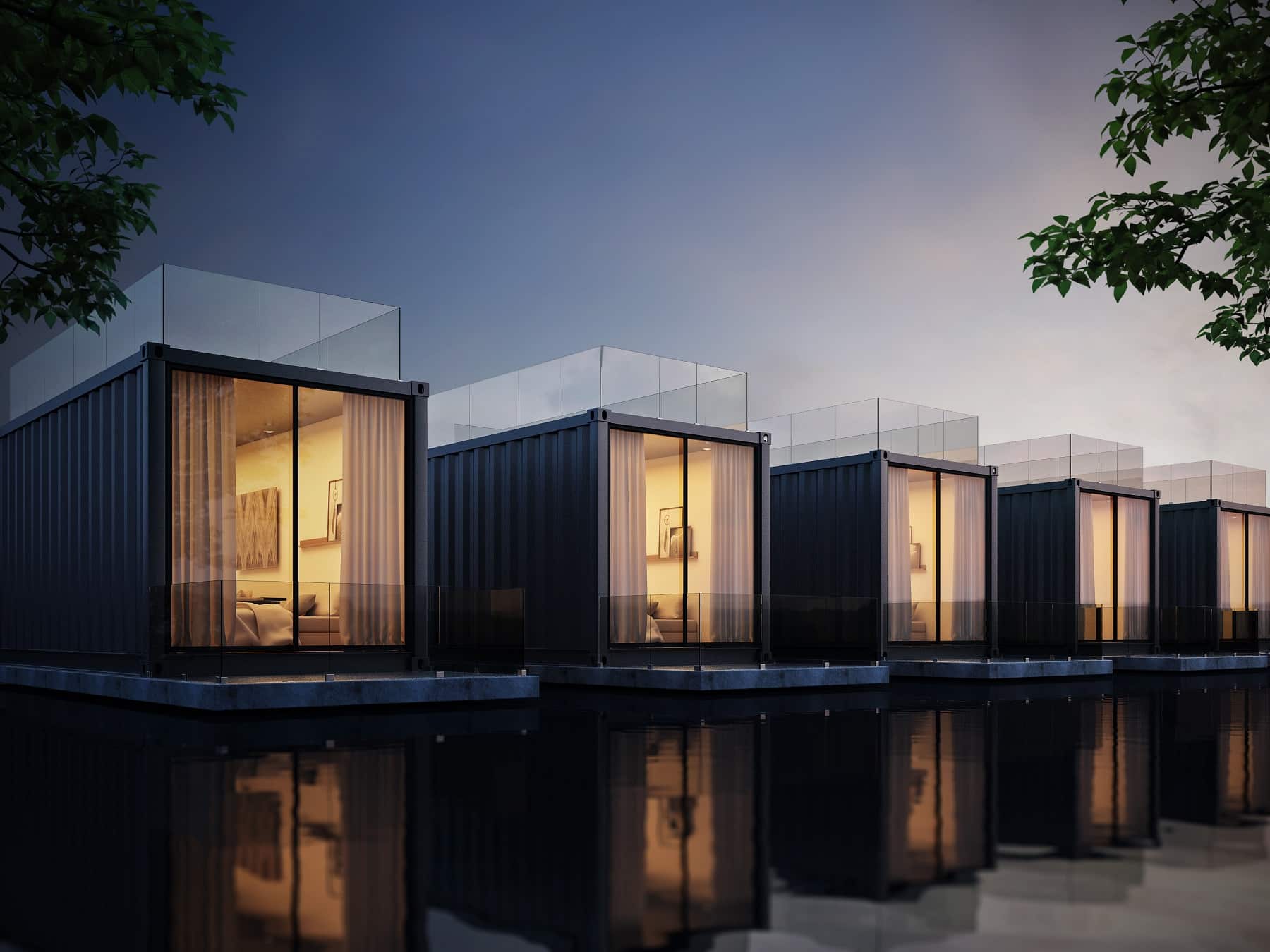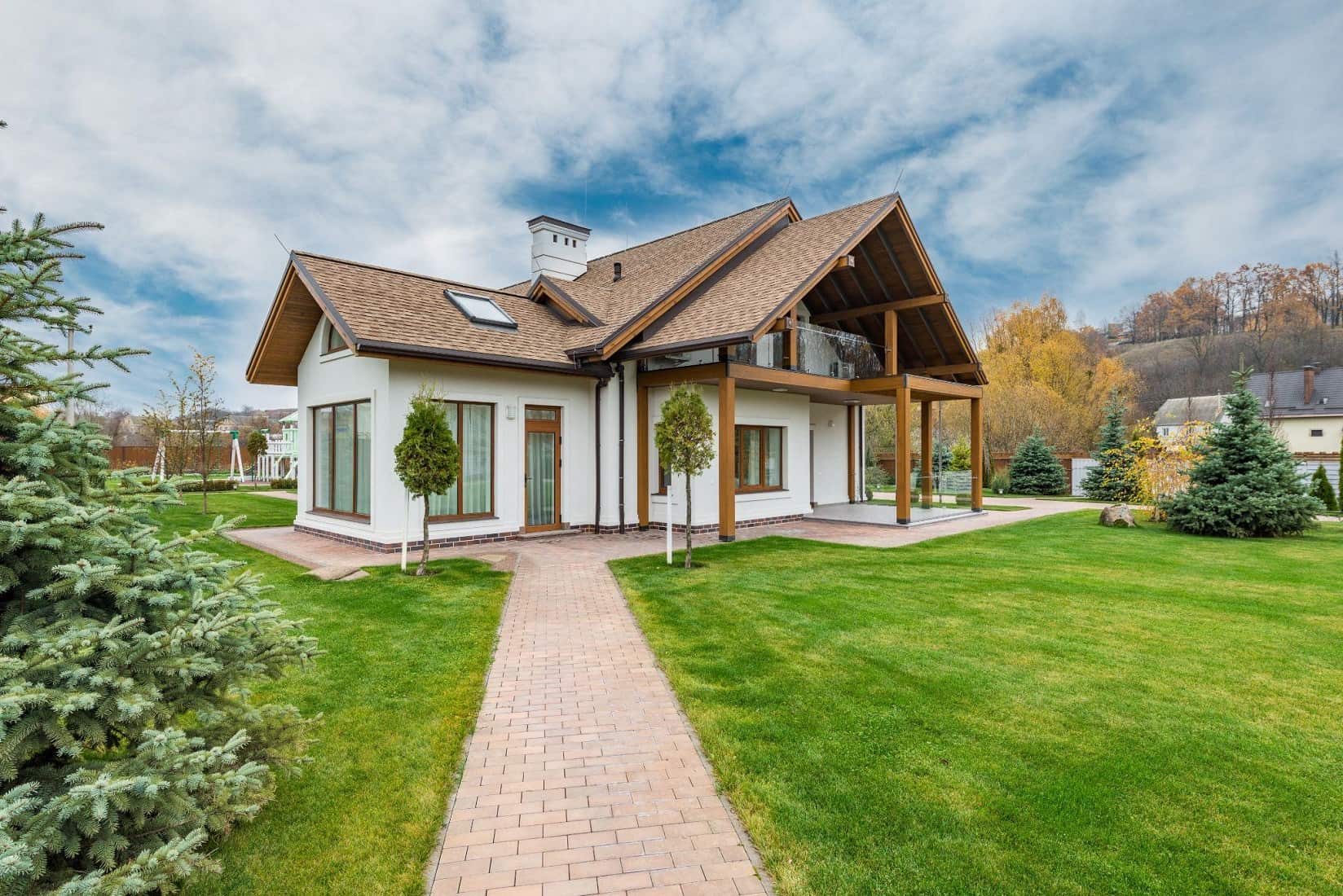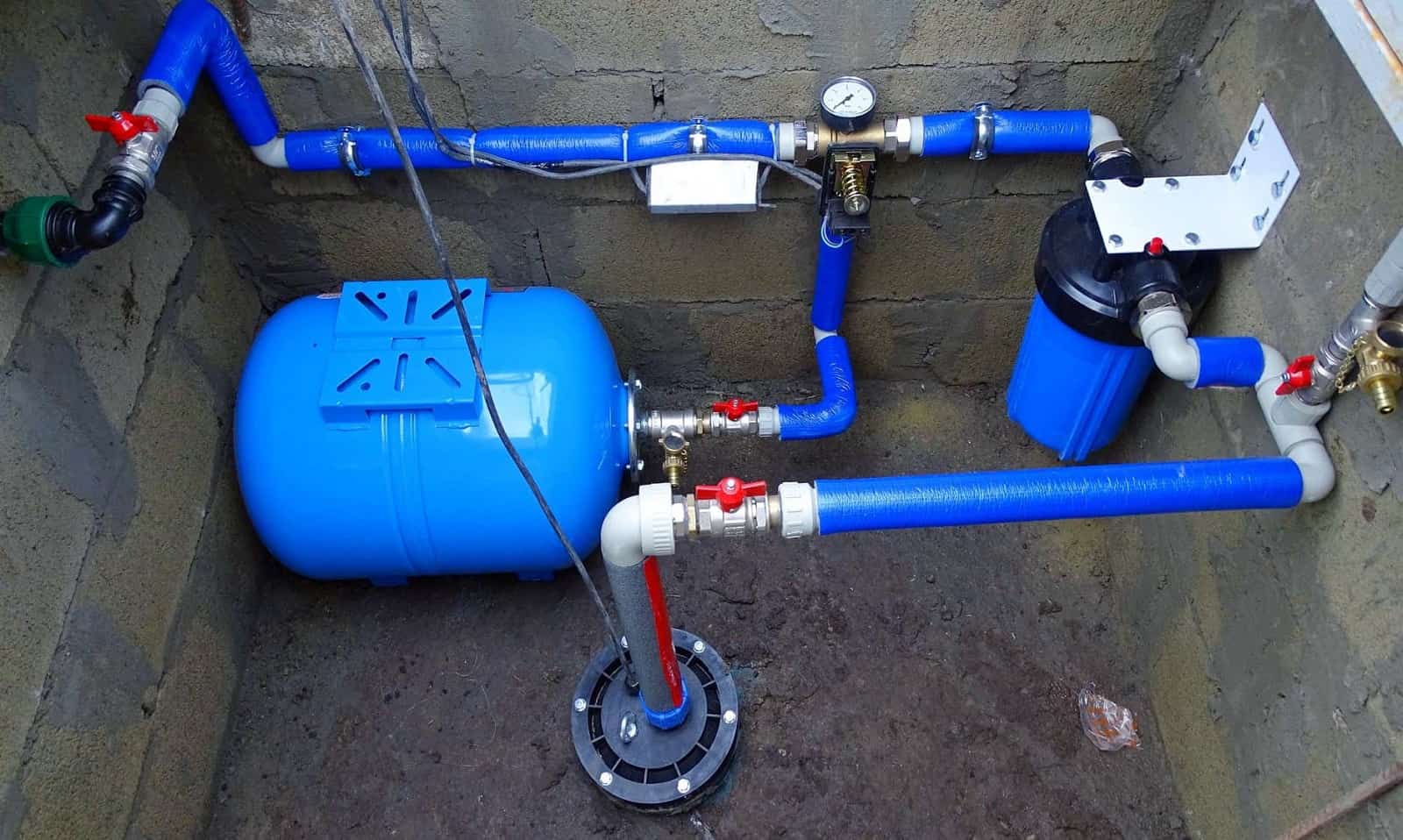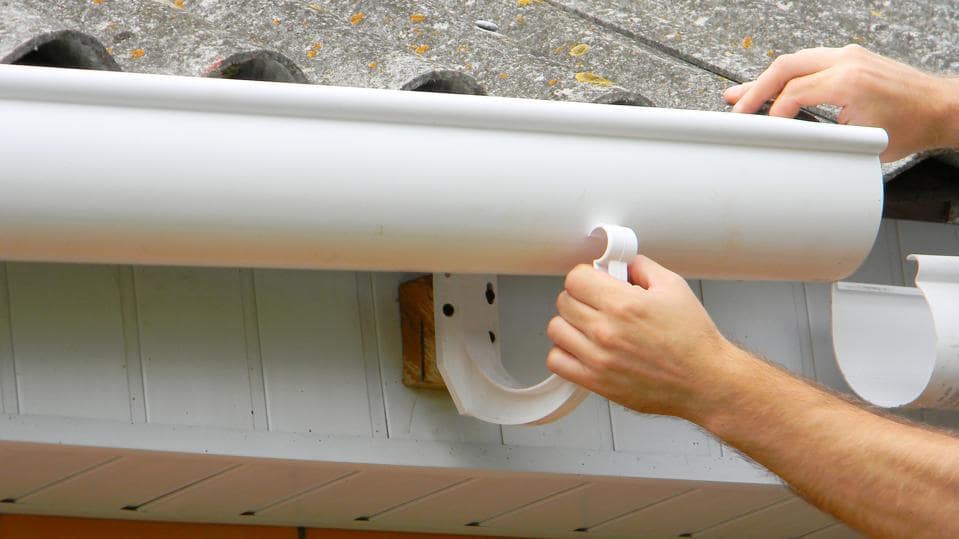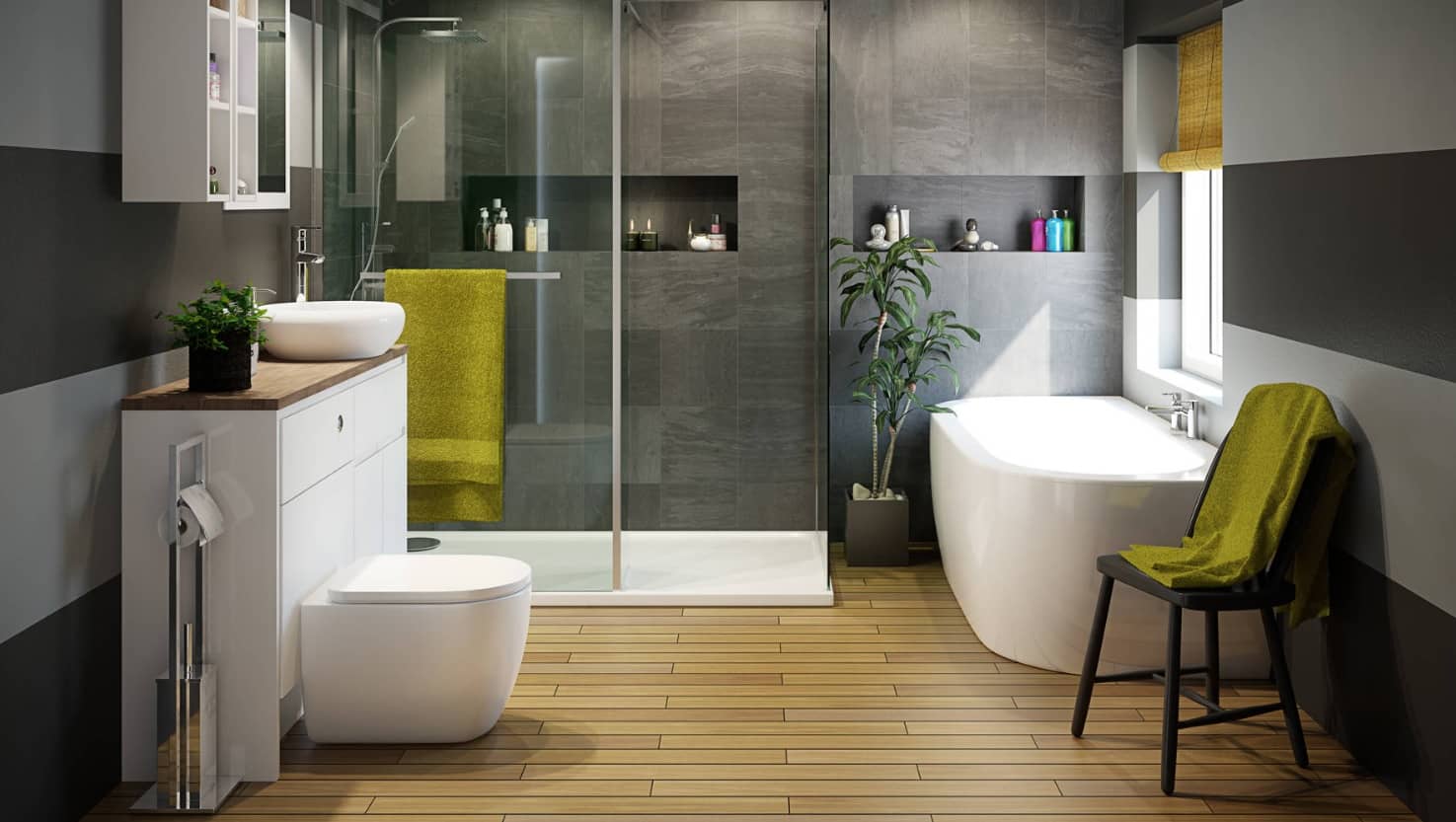The world is more populated today than it ever has been, which means people need to take care of existing resources and use them to their maximum capabilities. This includes anything from oil, wind, water, and land. As more and more people are searching for housing and places to work, a new concept has crept up to help solve those problems. It’s the repurposing of shipping or storage containers.
No longer are they just a hunk of metalized walls and roof to store or ship your goods in, they’ve become an excellent source of prefabricated space for both personal and office use. They can be used for a number of functional living spaces as well. The details are in the manufacturing and the imagination of the designer and its occupants.
Shipping Container Architecture
Shipping container architecture is actually an art form, with steel as its fundamental structural component. It’s colloquially known as a cargotecture, which is a portmanteau of cargo and architecture. It has its origins in the early 20th century when the U.S. Federal Government was faced with a growing need for containers for military purposes. This concept has evolved since then to become an integral part of the construction of commercial, residential, and even institutional structures. Since that time, such buildings or containers have proven to be very beneficial for providing comfortable and flexible workspaces for businesses, and portable living spaces for military personnel, as well as providing secure storage areas for the average family.
It’s because of their durability and strong gauge walls of steel that these structures can protect against the weather, against rodents, and against theft. Because they’re originally meant to be shipped, these containers can be moved anywhere, so location isn’t a problem. If you need a portable office in New York, and the company who makes the shipping container is from Virginia, that won’t be a problem. They can move your shipping container office to the exact spot you need it. The structure has corner castings built for cranes, and forklift pockets are generally included for easy transport.
Converting a Shipping Container
A shipping container can be easily converted to build a functional living space. This helps to meet the needs of any workspace, such as for a construction site, for industrial shelters, or for a busy law firm. These containers come in a variety of sizes that can fit anywhere there’s space for them. Their low maintenance is also an added benefit for any company or family that doesn’t want to deal with the customary housing situation.
How then can a standard shipping container be converted into a functional space? The answer lies in its various attributes for modifications. They include design, climate control, wiring, and outlets for electricity, plumbing, and enhanced home features for comfort.
Design
Most shipping containers come in a variety of sizes from 8 ft to 40 ft long. They have open floor plans with one or more doors for entrances and exits. Windows can also be built-in, depending on the style of the structure. As these containers are waterproof, the roofing is extremely strong, along with the floors and the walls.
The outside structure can also be modified with color and assorted siding. This will enhance the look of the space, so it isn’t mistaken for the customary storage facility. The choices will depend upon the manufacturer and the owner.
Air Ventilation
The container should be able to provide easy and efficient air ventilation for the goods being transported. Air leaks can result in the goods being damaged and spoiled. Proper and efficient ventilation is a must for any shipping container structure.
A good air ventilation system can also be built-in, due to the storage capacity of the building. This is ideal when repurposing the space for an office. Efficient ventilation is always an extra benefit when the weather is extreme.
Climate Control
In order for any space to be used functionally, temperature regulation is a crucial factor. If a space is too hot or too cold, no one will be able to work in it, let alone live in it. Shipping containers are kept at appropriate temperatures to safely hold and ship various goods. This prevents any damage caused by heat or cold. If the temperature is too hot or cold in the building, items may spoil. If the temperature is too hot or cold in a working environment, the productivity of the crew can falter. Therefore, the shipping container makes for a reliable workspace.
Electricity
Converting a shipping container into a functional space requires electricity. Wires and outlets must be installed for any light to enter the building. This is not a problem for most units. The manufacturer can easily incorporate electrical components into space with as many outlets and electrical features as needed. Due to the fact that most containers are water-proof, this is an extra assurance against any kind of an electrical issue too.
Plumbing
Along with the electrical facets, any shipping manufacturer can install the proper equipment for plumbing as well. Many containers have been used for locker rooms and extra bathrooms. This is a must for repurposing any structure into a workable office or even a small home. Depending on the size of the unit, full-size restrooms are available, as well as half baths. It’s all up to the choices of the buyer.
Home Features
When converting a shipping container into an office space or living quarters, there are certain home or home-like features that are expected including aspects like carpet, painted walls, custom appliances, etc. These are all things that can be installed or included in the structure. There are many different styles of doors and other fixtures that can be added. Many containers may include room partitions, such as a full-size kitchen or bedroom. The options are endless. For the many companies that focus on repurposing containers into functional spaces, these are typical and beneficial amenities for their success.
Conclusion
Due to the demanding needs of workspaces and homes, converting a shipping container into a functional area can offer an ideal solution. Industries of all kinds can use this method to help alleviate their problems. Not only are they comfortable and functional, these containers just might be a great way to save space and resources in such a populated world.


